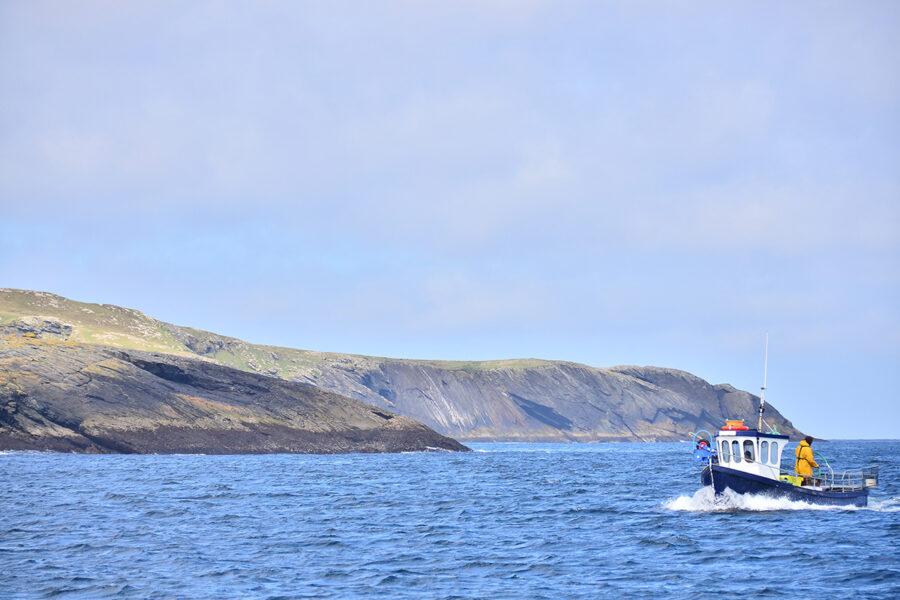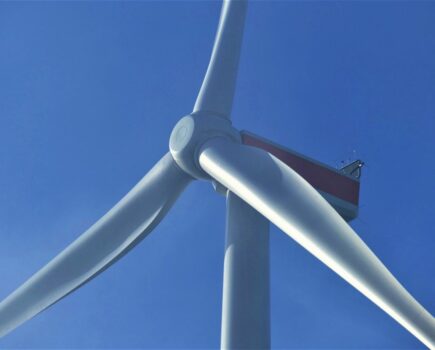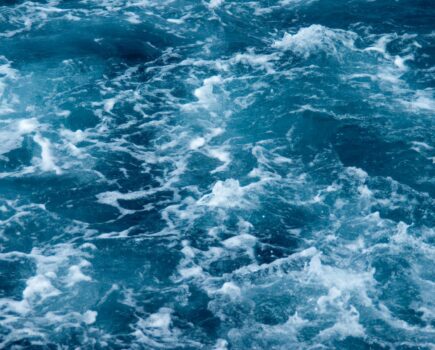Failure to address ‘key issues’ means report has ‘significant data gaps’
Two Irish fishing industry organisations have said that a recent ecological analysis of the western Irish Sea for MPA designation ‘should not be used’ for informing offshore renewable planning.
In a detailed analysis, the Killybegs Fishermen’s Organisation (KFO) and Irish South and East Fish Producers’ Organisation (IS&EFPO) say that the report is a ‘good starting point’ but has not addressed ‘some key issues’.
The ‘Ecological sensitivity analysis of the western Irish Sea to inform future designation of Marine Protected Areas (MPAs)’ report, which was published on 19 June, is intended to inform planning decisions about the potential location of offshore renewable energy (ORE) projects in the area.
It identified 40 sensitive species and habitats in a sea area which has been targeted for extensive ORE development.
The two organisations criticise the report’s decision not to include species or habitats already listed in the EU Birds and Habitats Directives, or species individually managed under the CFP, nor to consider socio-economic impacts.
“Until these additional issues are considered, the report should not be used for informing the ORE planning process or for identifying areas suitable for MPAs,” the two organisations state.
The KFO and IS&EFPO also say that there is ‘no official consultation process on the report, and the current informal approach whereby stakeholders may submit observations is far from robust or transparent’.
The organisations say that four levels of stakeholder engagement were defined in the report, namely ‘inform, involve, engage and disseminate’. “The seafood industry was involved in the first, third and fourth levels, whereby they were informed via email of the project and offered an opportunity to submit feedback, invited to an in-person information session where a broad overview but no specific details of the analytical method was presented and discussed, and finally invited to an online presentation of the final report and results where questions could be asked,” they state.
Excluding habitats and species that are listed in the EU Birds and Habitats Directives was ‘a flawed decision that resulted in a significant data gap’, they say. This situation is ‘particularly notable in the case of sandbanks, defined in Annex I of the Habitats Directive as ‘sandbanks which are slightly covered by seawater all the time’.
They note that Ireland’s National Parks and Wildlife Service has identified the Irish Sea as having ‘the greatest resource of sandbanks in Irish waters’. The organisations add that the exclusion of seabirds from the ecological sensitivity analysis, as they are considered under the EU Birds Directive, is ‘also a significant issue’.
Since the report’s publication, the department which commissioned it has announced the proposed designation of a large Special Protection Area for birds in the northern part of the Irish Sea, and this ‘completely changes the perception of the outputs of the report’, they say.
The two organisations also say there are ‘significant issues related to the data used’, as it was mainly fisheries-dependent and not a true representation of species range.
Other issues raised include an ‘overly simplistic’ analysis of carbon sequestration, omission of seafood provision as an ‘essential ecosystem service’ and failure to include decommissioning of ORE developments as a significant pressure on ecosystems.
This story was taken from the latest issue of Fishing News. For more up-to-date and in-depth reports on the UK and Irish commercial fishing sector, subscribe to Fishing News here or buy the latest single issue for just £3.30 here.
Sign up to Fishing News’ FREE e-newsletter here.








